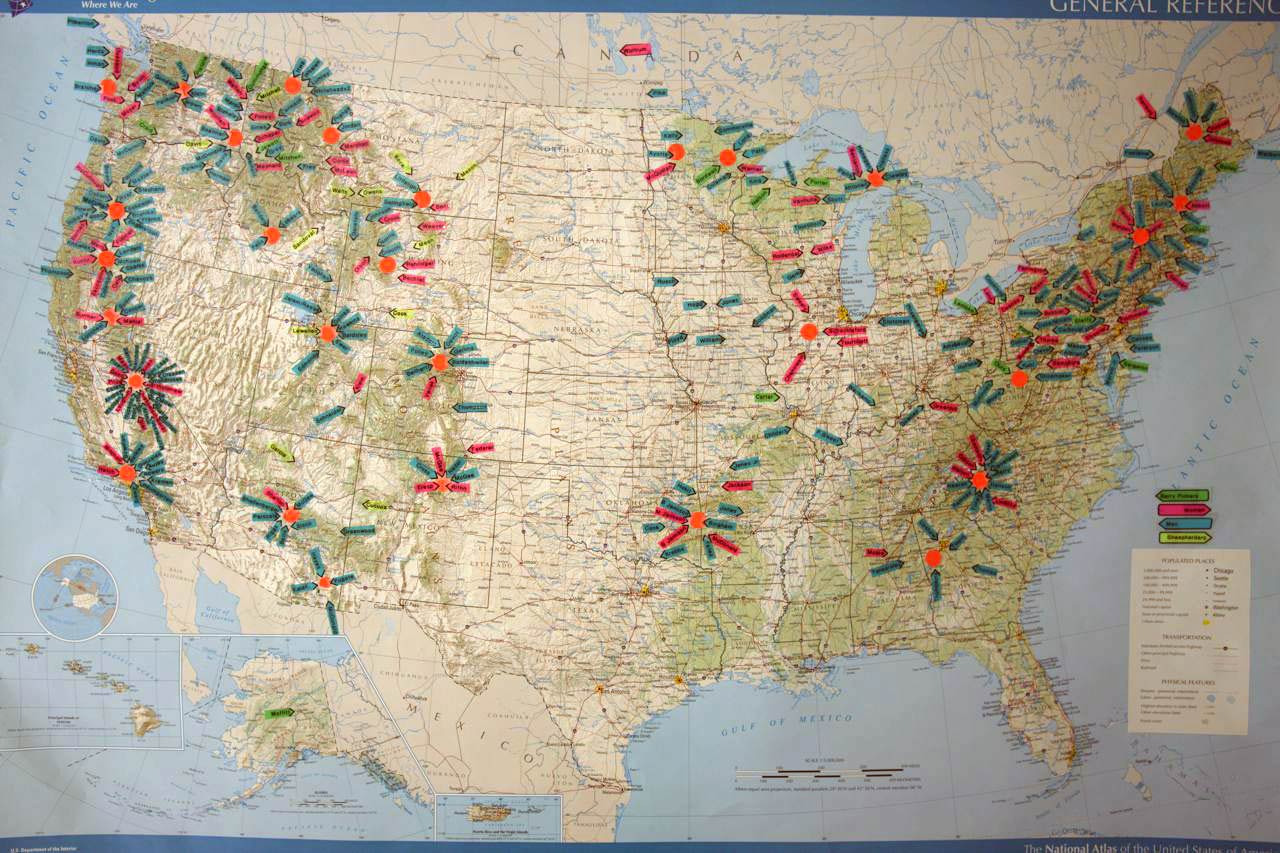Hundreds of people go missing every year. But retired police officer David Paulides claims to have located "clusters" of missing people incidents which follow the same strange formula. Odder still, these clusters are found in North America's mountain forests, including state and national parks.
Many of the incidents involve children or the mentally handicapped. Frequently they shed their clothes, which are often found all in a puddle together, as if the person had literally melted right out of them. The people are never found, or are found a remarkable distance from their starting location, with little or no memory of how they got there. Children who have moved across miles of wilderness, climbed mountain ranges or crossed fast-moving streams, for example.
And park officials aren't telling.
Despite numerous requests under the Freedom Of Information Act (FOIA), officials at both state and national parks have remained silent about both the number of people who have gone missing in their parks, and their final disposition. However, Paulides claims that he was alerted to this situation by a government employee who came to him in confidence and "told one heck of a story about people who vanish in national parks, places like Yosemite."
The logical explanation here is simply a lost child who is stricken by hypothermia. Disorientation and a quixotic feeling of overheating (which often leads to shedding clothes) are both classic signs of hypothermia, of course. Children are more susceptible to hypothermia, being both smaller than adults and less able to understand what is happening and what to do about it.
People often travel to national parks in summer, when lowland temperatures are high, and arrive at high altitude dressed for the summer heat only to find that the mountains are significantly cooler. (Which is why they went there in the first place.) If a child dressed in hot weather clothing wanders away from her family in the unseasonably cool mountain wilderness, she can easily become a victim of hypothermia. Children are also more inclined to panic and start running, not realizing that they are running away from their starting point.
Nevertheless, Paulides has compiled a list of 400 people "who went into national parks but never came out." That is a startling number, and a sobering one. Can simple hypothermia account for all of them? Or could something more be happening in our parks, something more sinister or dare I say it, UFO-logical?
(Probably not. But at the very least it serves as a good reminder for this summer traveling season to dress appropriately for your location, keep a close eye on your kids when you're in the woods, and teach your kids what to do if they get lost: stay put and keep warm!)
